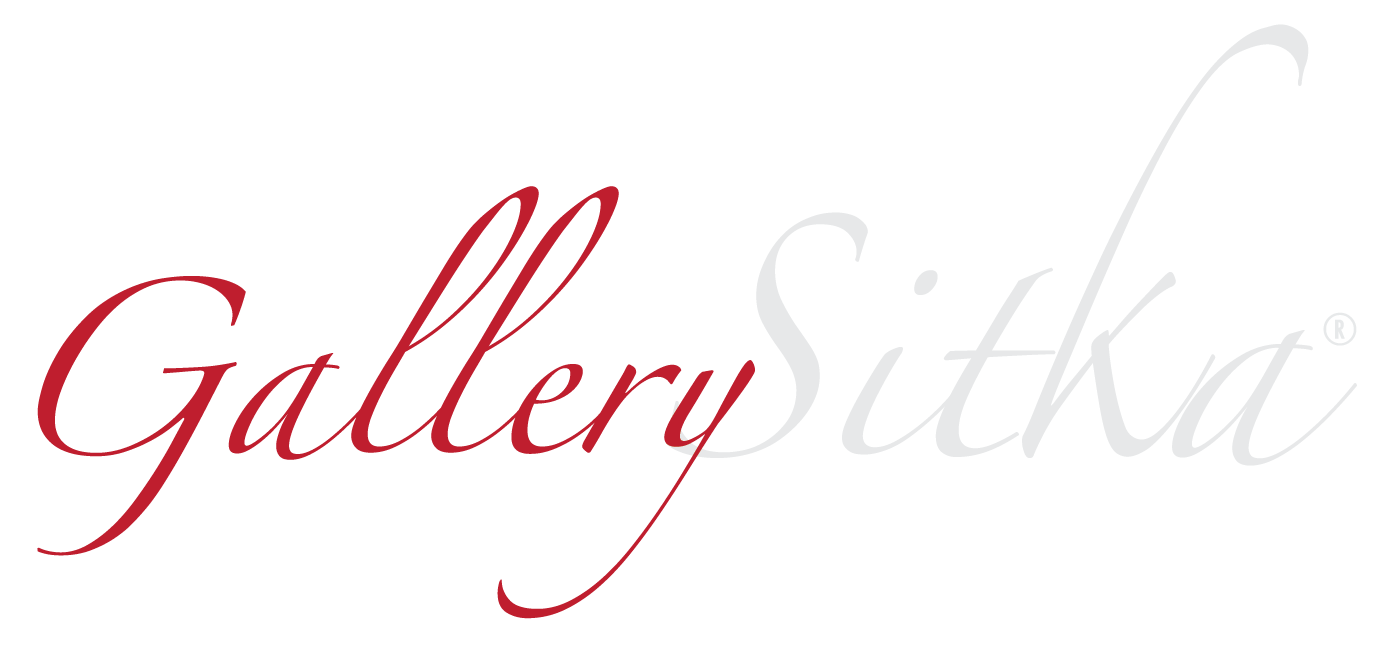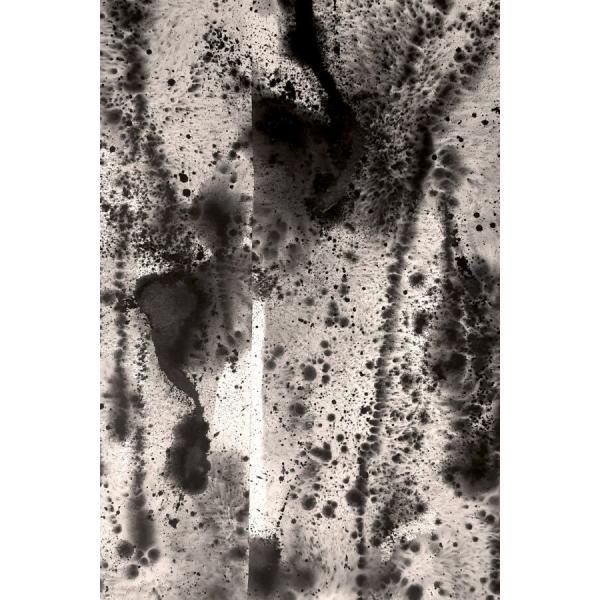FOR IMMEDIATE RELEASE
March 13, 2022
Contact: Tamar Russell Brown, Sitka Creations — 978.425.6290
Painter Dug Morton Keeps Viewers Guessing in Exhibition of New Work Opening April 1 in Shirley
Dug Morton obviously enjoys playing in the mysterious realm between representational art and the purely abstract. He improvises on themes to be found in the rigors of classical perspective, but just as often he skips improvisation altogether and completely upsets our expectations. He bounces back and forth between the “flat,” two-dimensional orientation of abstract-expressionism and the habits of Western, “photographic” realism. In playing these two traditions one off against the other, he is certainly playing with us — though he may not, at all times, be playing fair.
Mr. Morton will show no fewer than 50 new pieces of work at Gallery Sitka East in Shirley, Mass., beginning with a reception on Friday, April 1.
Dug’s painting “Mesh” illustrates the interplay between representation and abstraction admirably. The viewer cannot help but see common objects or familiar scenes. Yet the picture also offers a compelling display of planes of pure color stacked alongside each other, perhaps depicting nothing more than themselves and sharing with the viewer the delights of colors at play. On the representational side, most viewers will see an empty vase or wineglass, with one gold-ish, straight line representing the rim of the glass with a medium-brown both above and below that line. One doesn’t need to explain this, because we automatically recognize a glass object that lets through what lies behind it (usually with almost no distortion) but also sometimes blocks and “interferes with” the background. So, while the glass lets the brown come through from behind, it also throws off a glaring white portion that we are accustomed to seeing (or shielding our eyes from) when a light source strikes a glass object (such as the wineglass) in an otherwise dark room.
That is, if indeed that section of the painting is meant to represent a wineglass or is simply an arbitrary design of colors and shapes. It’s not easy to categorize. Note how the “wineglass” has been pushed into the foreground (closer to the camera, we might say) and seems to be larger than it would be if it were one of several objects in a still-life, for example, in which the objects are bunched together at a more or less equal “distance” from the viewer. The wineglass almost seems to be close enough for us to be able to reach out and grasp it, perhaps just before we go ahead and taste the brandy or the bourbon that seems to be contained in it. But this interpretation crumbles when we try to determine what the glass is set on. Indeed, on second glance it seems to be floating in air, or awkwardly hovering above a light-brown tabletop.
What is even more obvious in terms of representation are the diagonal patches of lighter colors that are sure to remind us of sunlight streaming in from a window. The light source is coming from the left, and the window itself is outside the frame altogether. The lighter, brighter left side of the painting contrasts dramatically with the right side. On the far right, a rectangle of black (or almost black) dominates. It absolutely bars the white patches from invading the thorough gloom of that forbidding patch of black.
“Rose Colored Armature” gives the impression of someone’s desk or drawing board, littered with work and pieces of material for building, or sculpting, or drawing — although, again, this is a thoroughly subjective judgment. Once more we see the struggle between darkness and light. The clutter in the foreground is bounded by that same gloomy black (or almost black) background. Dominating on our right is a blue-grey object that looks something like an enormous helmet, complete with a full face-covering. Two gigantic eye-openings might in fact be eyes. After all, the contraption seems to be very large in the context of the human scale against which it is set. This need not be a helmet but instead a whole head of some robotic creature who may be asleep or “dead.” He (she?) might just as well be industrial wreckage that seems to be at home on this careless pile of planks and pipes and file folders. The strangest feature (object?) of all is a small human (or nearly human) figure of bright gold (or gold leaf). He seems be a sort of running-man sculpture that just doesn’t seem to fit in with the other objects, most of which are of more subdued, though light, colors. Their colors are light but not bright, while the running man (if that’s what “he” is) shows off his striking gold essence and even seems to be on the verge of jumping or taking flight. He just doesn’t belong on this heap of inert objects. Is he trying to escape? And what is his fate if he cannot escape?
Finally a light source reveals itself! In “Sweetness & Light,” the upper left of the picture shows us a mostly white, mostly square plane that suggests a blind covering an open window. The blind is bright enough to suggest sunshine beating down on it from outside. But once again imagination seems to intrude, as the outlines of a face insinuates itself on the blind. We can make out two closed eyes and the hint of a somewhat arrogant smile. What the blind might be “contemplating” is anybody’s guess.
This interior — and it has to be an interior, not an outdoor scene — is practically screaming at us. There’s that same exuberant yellow again, now making up most of the figure in the foreground, who appears to be stretching out arms and growing a head. It seems to be full of joy in terms of its colors and its movement. It stands in stark contrast to a square in the upper right, “behind” it, which looks for all the world like an oil painting or a print — the portrait, perhaps, of a figure who is rather quiet and even withdrawn, and perhaps just plain frightened by the happy exertions of our bizarre, noisy, yellow person.
The representational nature of “Summer Secret” is immediately obvious. This has simply got to be another darkened room, this time in a restaurant or a bar where it is always nighttime, where heavy curtains at least partly shut out the sun as it tries to penetrate the gloom. (Sunlight, in the form of a long stretch of amber and white in the foreground, does break through, but we can assume that someone will pull the curtains closed sometime soon. If the waiter, say, does eventually open them all the way, it may not be until after the sun has gone down.) Where are the clues for this? There are two figures deep in the background. The bartender? A waiter? We don’t know, and we might be afraid to ask. The shades of orange and yellow, among the other garish fields of color, seem to shout at the viewer even as the daytime-as-nighttime atmosphere make the place eerily quiet.
But of course this interpretation might well be less than universal, and other viewers might have very different ideas about what the painting “means.” We must always be careful not to insist on one particular idea about a work of art. And then there is the artist, who might have wanted to convey something very different from what the public sees in his or her painting — unless, of course, he is simply playing tricks on us.
Many of these paintings are part of a series entitled, “Liberation,” which denotes his own feeling of liberation in developing a working method that is a departure for him.
In “Liberation XI,” we at last have a thoroughly recognizable figure depicted — a little dog looking off to her (his?) right as a little heart floats up above his (her?) head. But part and parcel of this pup is a figure looking off to our right and seeming to raise its brown arms up to…whom? Mother? Father? Far right there is an obvious profile of an off-white, ghostly figure wearing something like a military cap. We see an eye, a “nose,” and half a mouth. Representation has made a comeback here. But, interestingly, the “background” — most of the painting, really — suggests nothing about the setting. Are we indoors or outdoors? Is it night or day? Most of the picture seems to be filled up with the utterly abstract. Once again, our expectations are upset and we are left to consider new possibilities, not simply to recite some pet theory about what the painting might be about.
“This new series is something I’ve wanted to do for many years,” Dug tells us, referring to the “Liberation” series of paintings. He explains that he formerly took color photographs to use as models of his paintings. “A photograph supplies a lot of information.” This includes not just the objects in the photo, but also their colors and the general composition within the frame. He was accustomed to remaining “loyal” to those colors and compositions when executing the painting. After all, he had been attracted to a particular scene when he took the photo, and he wanted to be faithful to what had attracted him to that scene in the first place.
In the “Liberation” paintings, however, Dug has based the paintings on drawings rather than photographs. This freed up the process, as it were, allowing him to use colors that were not in the original scene he had drawn, and which in any case were, in the drawing, the dark grey of the pencil on white paper — something more like a black-&-white photograph. The lines and shadings of the drawing were translated into color, but those colors were chosen in the very process of painting. He did not have to stick to the colors that he had seen when he made the drawing from life. “I follow my imagination,” he says, and in order to do that he has to allow his instincts to guide him. It is considerably less a rational process than the one he used in applying the colors he had recorded in a photograph. He does not have to figure things out and control the process of creation, and the process is indeed more instinctual and less intellectual. “The less I think, the better off I am,” Dug says.
In many of these works, the artist is allowing imagination to lead him where it will go. He does not have to impose a plan to the same degree with these newer paintings, and he can allow instinct to play a greater role in the process. He boils it down to a very straightforward principle: “I have to get out of the way.”
This exhibition of more than 50 new works by Dug Morton will open on Friday, April 1, 4:30 – 7:30, at Gallery Sitka East, 2 Shaker Road, D101, in Shirley, Mass. There will be live music and refreshments. The work will be on display through April 29.
# # #


